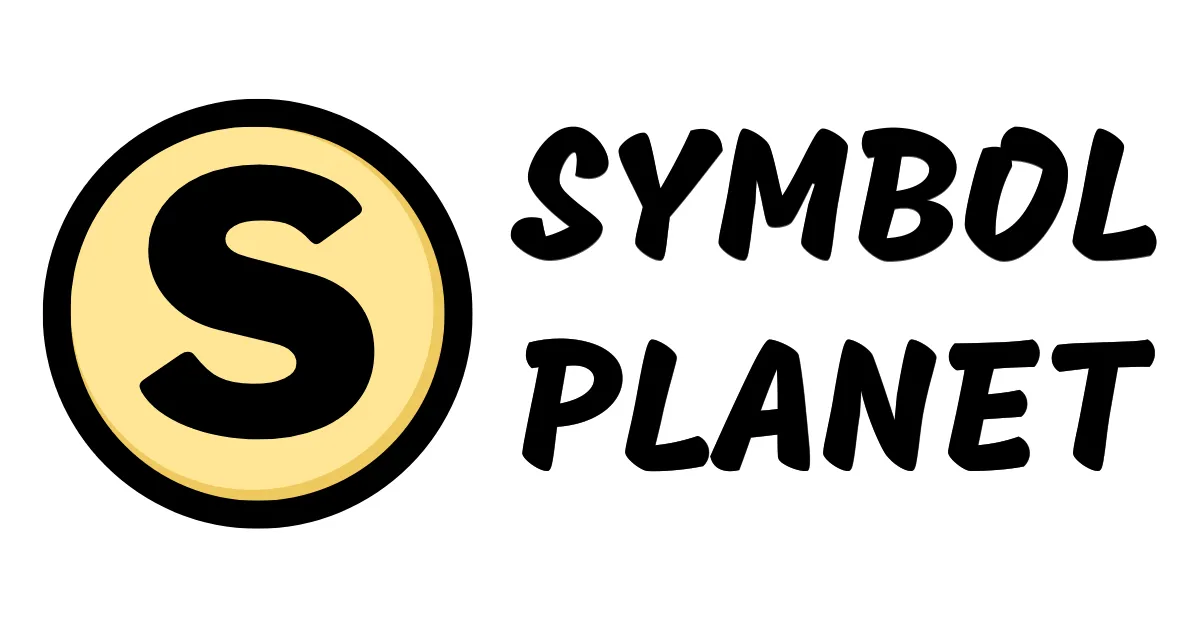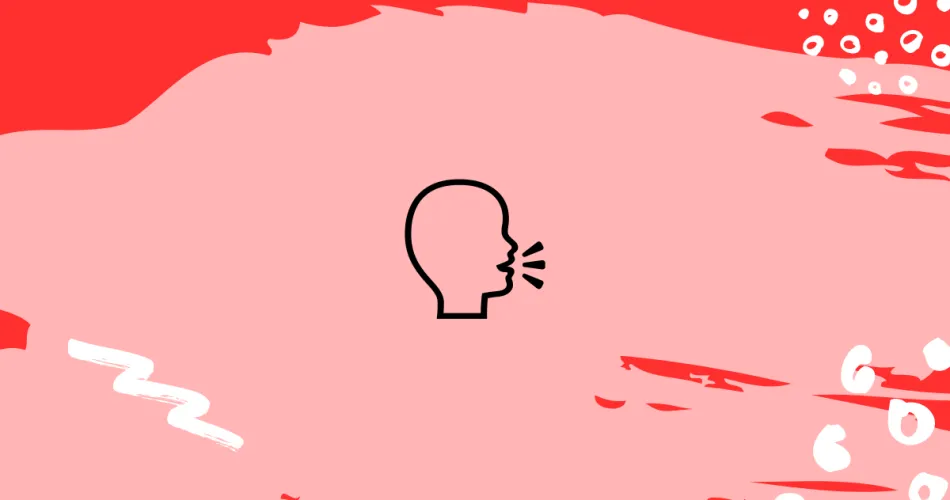Here’s what we’ll cover:
- 🗣 speaking head emoji meaning
- How do you reply to 🗣 speaking head emoji?
- What does 🗣 speaking head emoji mean from a girl?
- What does 🗣 speaking head emoji mean from a guy or boy?
- What does 🗣 speaking head emoji mean on Snapchat?
- What does 🗣 speaking head mean in Texting or Chat?
- What does 🗣 speaking head emoji mean on Instagram?
- What does 🗣 speaking head emoji mean on TikTok?
- What does 🗣 speaking head emoji mean in slang?
- Cultural differences in 🗣 emoji interpretation
- Emoji etiquettes
- Possible combination
- Misinterpretations to avoid
🗣 speaking head emoji meaning
The 🗣 speaking head emoji means:
1. Speaking or Talking
When you use this emoji, it typically represents the act of speaking or talking. It can indicate that someone is having a conversation, expressing their thoughts or opinions, or simply engaging in verbal communication.
- “I can’t wait to catch up with you and hear about your vacation! 🗣”
- “The team meeting today is going to be intense. So many ideas and discussions! 🗣”
2. Public Speaking or Presentations
This emoji can also suggest public speaking or giving presentations. It may be used to express excitement, nervousness, or anticipation before stepping on stage or addressing a large audience.
- “I’m about to give a speech at the conference. Wish me luck! 🗣”
- “Presenting my project in front of the entire company tomorrow. Feeling both excited and terrified! 🗣”
How do you reply to 🗣 speaking head emoji?
To reply to the 🗣 speaking head emoji, you can use phrases like “I hear you,” “I understand,” or “I’m listening.”
- “Yeah, I hear what you’re saying.”
- “I totally understand what you mean.”
- “Don’t worry, I’m listening to every word.”
What does 🗣 speaking head emoji mean from a girl?
The 🗣 speaking head emoji from a girl means that she wants to express herself or communicate something. This emoji is often used by girls to indicate that they have something important to say, or they want to have a conversation. It can also indicate that they are interested in gossip, sharing news, or just enjoying a good chat. For example, a girl might use this emoji when texting her friend, “Hey, I have some juicy gossip to share 🗣!” Another example would be using the emoji in a group chat to say, “I have an idea, let’s all meet up for pizza tonight 🗣!” So, if you receive this emoji from a girl, get ready to listen or participate in a lively conversation!
What does 🗣 speaking head emoji mean from a guy or boy?
The 🗣 speaking head emoji from a guy or boy means expressing their thoughts or opinions. This emoji is typically used when a guy wants to talk about something or share his viewpoints on a particular subject. It can represent a guy who is eager to engage in a conversation or simply convey that he has something to say. Here are a few examples of how guys or boys might use this emoji:
- “I just watched the new Star Wars movie 🗣 and let me tell you, it was amazing!”
- “Hey guys, did you hear about the latest football match? 🗣 I think our team has a real shot at winning!”
- “I have an awesome idea for our school project 🗣 Let’s build a working volcano with real lava!”
What does 🗣 speaking head emoji mean on Snapchat?
The 🗣 speaking head emoji on Snapchat means that someone is actively speaking or talking. It’s like your friend’s way of saying, “Hey, I’ve got a lot to say!” So, imagine your buddy sending you a Snap with the 🗣 emoji accompanied with “Guess what happened today?” or “Listen to this crazy story!” It’s like their virtual way of grabbing your attention and getting ready to spill the tea, or gossip, or whatever entertaining tale they have up their sleeve.
- “OMG, you won’t believe what just happened! 🗣”
- “I have the juiciest gossip to share with you! 🗣”
- “Get ready for a hilarious story! 🗣”
What does 🗣 speaking head mean in Texting or Chat?
The 🗣 speaking head emoji in Texting or Chat means that someone is talking or expressing themselves. It’s like a little virtual spokesperson for all your thoughts and opinions. You can use it when you want to emphasize that you’re speaking or have something important to say. For example, “I can’t believe the new season of my favorite show is finally here! 🗣” or “Just had the best slice of pizza ever! 🗣” This emoji is super versatile and can be used on platforms like WhatsApp and Twitter to let your voice be heard!
- “Can’t wait to tell you about my crazy weekend! 🗣”
- “I have some exciting news to share! 🗣”
- “Why does my dog always bark at the mailman? 🗣”
What does 🗣 speaking head emoji mean on Instagram?
The 🗣 speaking head emoji on Instagram means that someone is talking or speaking. It can be used to indicate that a person is expressing their thoughts, opinions, or conveying a message through posts or captions.
- “Just shared my new blog post! 🗣”
- “Can’t wait to announce the winner of the giveaway! 🗣”
- “Speaking my mind on this hot topic! 🗣”
What does 🗣 speaking head emoji mean on TikTok?
The 🗣 speaking head emoji on TikTok means that someone is talking or speaking. It is often used in videos where people are sharing their thoughts, giving advice, or simply just talking.
- “Just wanted to hop on here and share some positivity with you all 🗣”
- “When someone asks for advice and you’re ready to spill the tea 🗣”
- “Me, after finally gathering the courage to speak my mind 🗣”
What does 🗣 speaking head emoji mean in slang?
The 🗣 speaking head emoji in slang means that someone is talking a lot or being overly vocal about something. It can also represent someone who loves to gossip or spread rumors.
- “He’s always using the speaking head emoji in his texts. Dude just won’t shut up!”
- “She’s like the speaking head emoji personified. Gossip is her middle name.”
- “Whenever there’s drama, he’s quick to send the speaking head emoji. Can’t resist stirring the pot!”
- “Don’t share your secrets with her. That girl is the living embodiment of the speaking head emoji.”
Cultural differences in 🗣 emoji interpretation
Cultural differences in 🗣 speaking head emoji interpretation can lead to hilariously awkward situations, like thinking someone is angry when they’re actually just expressing excitement or confusion.
- “In America, a strong handshake is a sign of confidence, but in Japan, it can be seen as too aggressive. Similarly, in text conversations, an emoji like 😅 might be interpreted as embarrassment in the West, while in Japan, it signifies relief.”
- “In Brazil, people commonly use 🙃 to convey sarcasm or to tease someone, whereas in France, it’s more likely to be interpreted as flirtatious behavior. It just goes to show that facial expressions, even in digital form, can be lost in translation!”
- “The 🤙 ‘hang loose’ gesture widely recognized in Hawaii can get you some quizzical looks if used in other parts of the U.S., where it may be perceived as a sign for ‘call me’ or ‘rock and roll’ instead.”
Emoji etiquettes
When using the 🗣 speaking head emoji, make sure to keep it concise and relevant to the conversation. It can be used to express speaking, presenting, or simply being talkative. Examples include “Can’t wait to present my brilliant ideas today!” or “Had a long day of nonstop chitchat at work! 🗣”.
- “I just channeled my inner talk show host during that meeting! 🗣”
- “Holding a deep conversation while juggling tacos like a pro. 🗣🌮”
- “No one can stop me from voicing my opinions, not even a malfunctioning mic! 🗣”
Possible combination
When it comes to pairing the 🗣 speaking head emoji, the possibilities are endless! Whether you’re conveying a conversation, public speaking, or plain old chattering away, here are some real-world examples that fit the bill:
- “🗣📞” – When your friend won’t stop talking on the phone
- “🗣🎤” – When you’re dominating the karaoke stage like a true diva
- “🗣🗯” – When you’re engaged in a heated debate on social media
- “🗣💬” – When your online chat is filled with incessant messages
Misinterpretations to avoid
Misinterpretations to avoid for the 🗣 speaking head emoji:
- “I tried to talk to my dog using this emoji, but all he did was tilt his head and look confused.”
- “When I sent this to my boss, she thought I had something important to say. Turns out, she just wanted me to grab her a coffee.”
- “I thought this emoji meant I was a great public speaker, but it turns out people were just annoyed by my constant chatter.”

